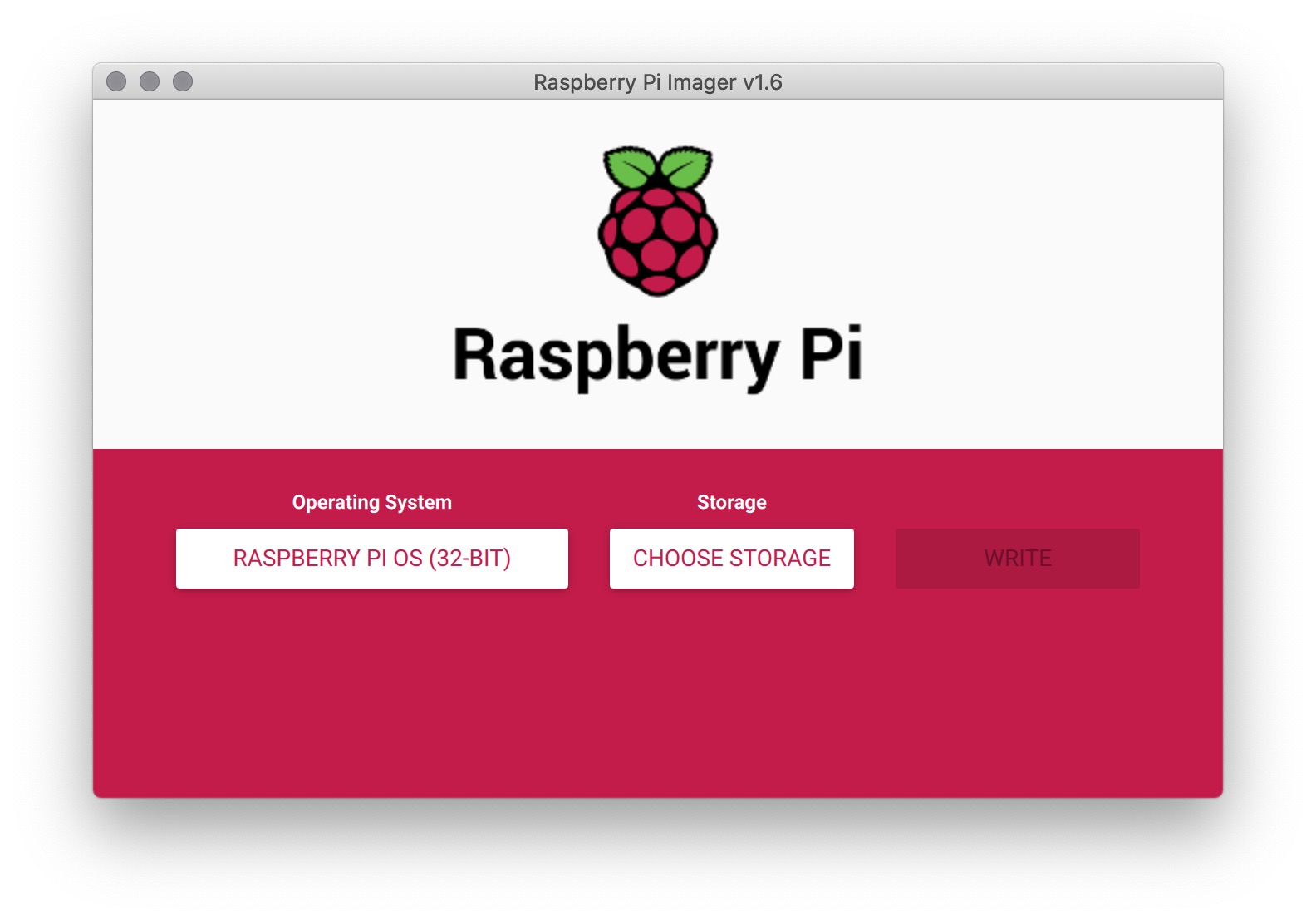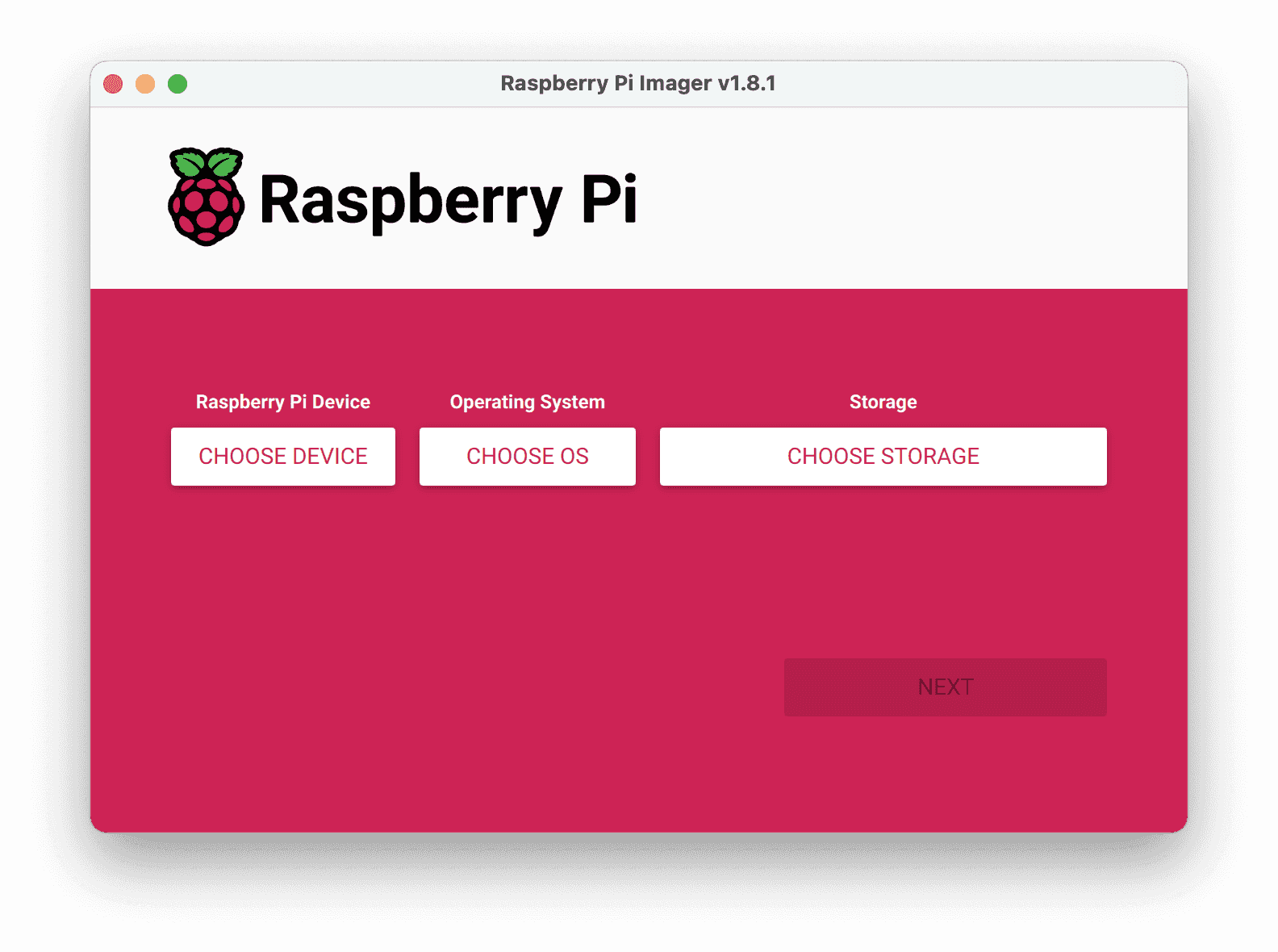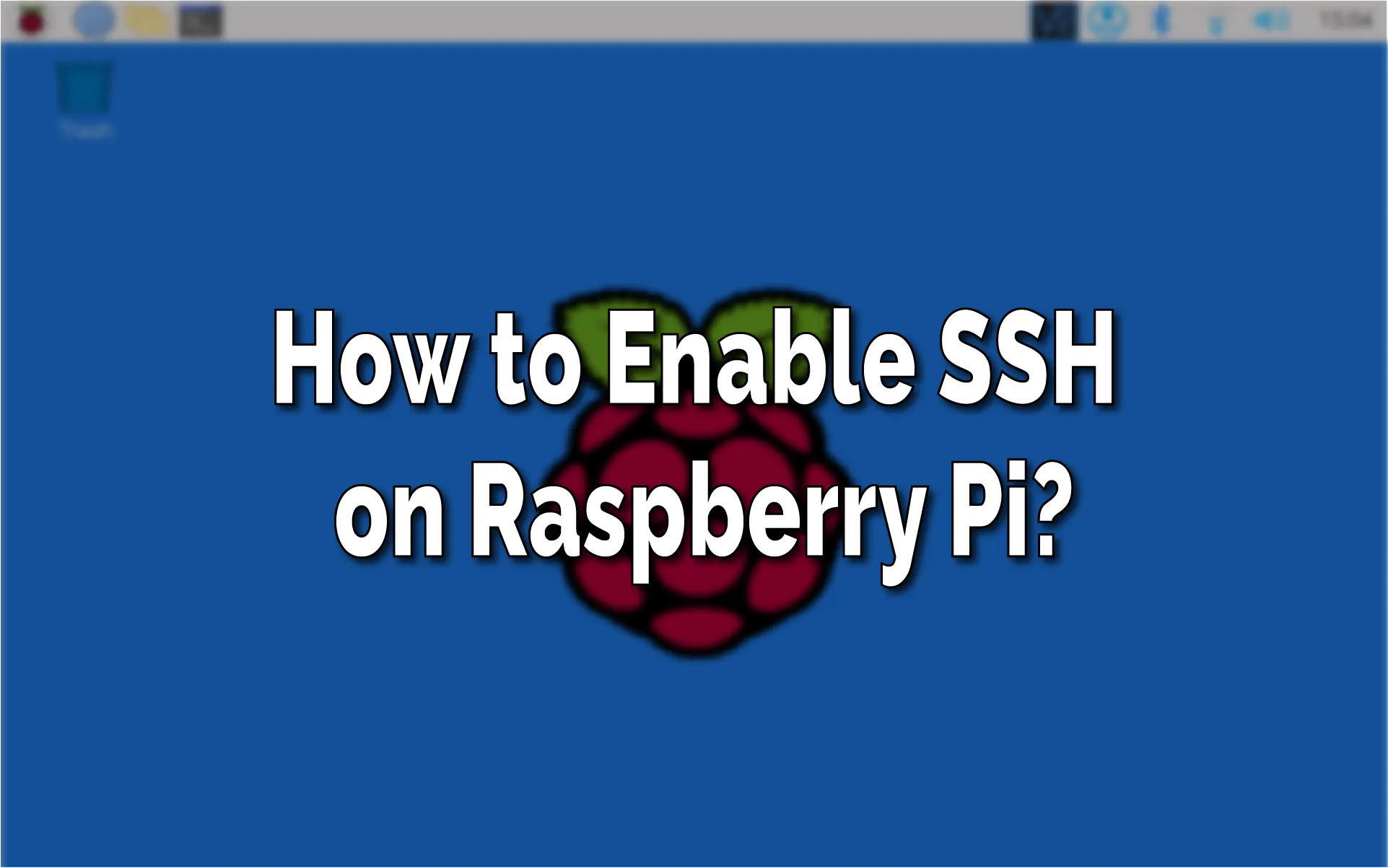Ever found yourself wanting to check in on your little computer, your Raspberry Pi, even when you are not right there next to it? It's a common thought for many who play around with these small machines, you know. There are times you might be away from home, or perhaps just across the room, and a quick peek at how your project is doing would be very helpful. This idea of reaching out to your Pi from a distance is something a lot of people look for, and it makes sense, really.
You might have a home automation setup, or maybe a tiny server, or perhaps you are just learning how to make things work with code. Being able to connect to your Raspberry Pi without having to plug in a screen and keyboard can make things a lot simpler, in a way. It frees you up to work on your stuff from pretty much anywhere you have an internet connection, which is pretty neat. This kind of connection, getting to your little computer over the web, is what we are talking about here.
This is where something like RemoteIoT comes into the picture, offering a way to get to your Raspberry Pi using what is called web SSH. It means you can open up a browser, type in a few things, and suddenly you are looking at your Pi's command line, just as if you were sitting right in front of it. And the best part, for many people, is that you can often get started with a free download, which is a good place to begin, so.
Table of Contents
- What is RemoteIoT and How Does It Help with Raspberry Pi Access?
- Why Consider Web SSH for Your Raspberry Pi?
- Getting Started with RemoteIoT - Free Download Steps
- Setting Up Your Raspberry Pi for RemoteIoT Web SSH
- Is RemoteIoT Web SSH Raspberry Pi Truly Free?
- Benefits of Using RemoteIoT for Your Raspberry Pi Projects
- Common Uses for RemoteIoT Web SSH with Raspberry Pi
- What to Keep in Mind When Using RemoteIoT for Raspberry Pi?
What is RemoteIoT and How Does It Help with Raspberry Pi Access?
RemoteIoT is a tool, or rather, a system that helps you connect to your internet-connected devices from far away. Think of it as a bridge that lets your web browser talk to your little computer, like a Raspberry Pi, no matter where you happen to be. It's built to make getting to your devices easier, especially when those devices are tucked away in a corner or are part of a bigger setup. It handles the tricky bits of making that far-off connection happen, so you don't have to fuss with a lot of complex network settings, you know.
When it comes to your Raspberry Pi, RemoteIoT makes it possible to reach its command line through a simple web page. This means you do not need special programs on your main computer; just a web browser will do the trick. It's pretty much like having a direct line to your Pi, letting you give it instructions and see what it's doing, all through a familiar screen. This is especially handy for those small computers that might not have their own display or keyboard hooked up all the time, or perhaps they are just in a spot that is a bit hard to get to, so.
The main idea behind remoteiot web ssh is to give you that kind of access. SSH, which stands for Secure Shell, is a way to get a text-based connection to another computer, and when you put "web" in front of it, it means you are doing it through your internet browser. This combination lets you do all sorts of things, from checking on sensor readings to updating programs on your Raspberry Pi, all without having to be in the same room. It really opens up a lot of possibilities for how you manage your projects, in a way.
Why Consider Web SSH for Your Raspberry Pi?
Thinking about why you might want to use web SSH for your Raspberry Pi boils down to a few good points. First off, it is about how easy it makes things. You do not need to put any specific software on the computer you are using to connect to your Pi. If you have a web browser, you are pretty much set. This means you can use a friend's computer, a public library computer, or even a tablet, and still get to your Raspberry Pi, which is quite convenient, honestly.
Another big reason is that it removes the need for local setup. Usually, to connect to your Pi from another computer on the same network, you might use a program like PuTTY or a terminal application. But with web SSH, that step is skipped. The connection happens through a service that acts as a go-between, letting your browser talk directly to your Pi's command line. This can save you a bit of time and effort, especially if you are someone who moves around a lot or uses different devices throughout the day, as a matter of fact.
The freedom of web ssh raspberry pi is a truly appealing aspect. It gives you the power to manage your small computer from almost any spot with an internet connection. Whether you are on holiday, at work, or just in another part of your house, you can still keep an eye on your Pi and make any changes you need to. It is like having a little window into your Raspberry Pi's operations, always ready when you are, and that is very useful.
Getting Started with RemoteIoT - Free Download Steps
Getting going with RemoteIoT and your Raspberry Pi usually starts with finding the right bits and pieces you need to put on your Pi. The term "free download" often refers to the software or scripts you would get to install on your Raspberry Pi itself. This software is what allows your Pi to talk to the RemoteIoT service, making that far-off connection possible. It is not always a big, fancy program you download to your main computer; it is more about preparing your Pi to be ready for these kinds of connections, so.
To find the "free download," you would typically go to the RemoteIoT website or a related project page. They usually have clear instructions on what files you need and how to get them onto your Raspberry Pi. This might involve using a command or two in your Pi's terminal to pull down the necessary parts from the internet. It is generally a pretty straightforward process, designed to be easy for people who are just starting out with these kinds of remote connections, you know.
Once you have those bits on your Raspberry Pi, the next step is often about getting them set up to run properly. This could mean giving them the right permissions or telling them when to start working. The goal is to make sure your Raspberry Pi is ready to listen for those web SSH requests coming in through the RemoteIoT service. It is all about preparing your little computer to be a good host for your remote control, and it is usually explained quite well in the guides that come with the "free download" parts, actually.
Setting Up Your Raspberry Pi for RemoteIoT Web SSH
Preparing your Raspberry Pi for RemoteIoT web SSH is a pretty important step. It usually involves making sure your Pi's operating system is up to date and that it has all the basic tools it needs. You might need to open up a terminal window on your Pi, either by connecting a screen and keyboard directly or by using a regular SSH connection if you are already set up for that. From there, you will run some commands to get things ready, which is fairly common for these kinds of projects, in a way.
The basic configuration for the remoteiot part often means running a script or following a few lines of instructions provided by the service. This script usually takes care of putting the necessary software on your Pi and setting up the connection to the RemoteIoT servers. It might ask you for some details, like a unique name for your Pi or some account information, so the service knows which device is yours. This setup is what creates the link between your Raspberry Pi and the web-based access point, basically.
Making sure your raspberry pi is ready also involves thinking about its network connection. It needs to be connected to the internet, either through Wi-Fi or an Ethernet cable, so it can talk to the RemoteIoT service. Without a solid internet link, the web SSH connection simply will not happen. It is a bit like making sure your phone has signal before you try to make a call; the connection has to be there for everything to work as it should, you know.
Is RemoteIoT Web SSH Raspberry Pi Truly Free?
The question of whether RemoteIoT web SSH Raspberry Pi is truly free is one that comes up a lot, and it is a good one to ask. Often, when something is advertised as a "free download," it means you can get the basic tools or a certain level of service without paying any money upfront. This is usually the case for the initial setup and basic use of a service like RemoteIoT for your Raspberry Pi. You can often get started, connect your Pi, and use the web SSH feature for simple tasks without opening your wallet, so.
However, it is worth remembering that "free" can sometimes come with different kinds of considerations. There might be limits on how much you can use the service each month, like a certain amount of data transfer or how many devices you can connect. Or, perhaps, some more advanced features, like extra security options or the ability to manage many devices, might be part of a paid plan. The core "free download" usually gives you enough to try it out and see if it works for your needs, which is quite helpful, you know.
The value of a free download for remoteiot web ssh raspberry pi is that it lets you experiment and learn without any financial commitment. For hobbyists or those just getting started with remote access, this is a huge plus. It means you can play around with your Pi, try out different commands, and get comfortable with the idea of managing it from afar, all before you decide if you need something more. It is a good way to test the waters, as a matter of fact.
Benefits of Using RemoteIoT for Your Raspberry Pi Projects
There are some really good things about using RemoteIoT for your Raspberry Pi projects that make it a pretty popular choice for many people. One of the biggest pluses is how accessible your Pi becomes. You are not tied to one spot; you can connect to your little computer from almost anywhere you have an internet connection and a web browser. This means if you are at a coffee shop, at a friend's house, or even on a trip, you can still check in on your home projects, which is very handy, honestly.
Another major benefit is the ease of use for many people, especially those who might not be super tech-savvy with network setups. RemoteIoT generally takes care of the trickier parts of getting a remote connection working, like dealing with firewalls or dynamic IP addresses. This means you do not have to spend a lot of time figuring out complicated network settings, which can be a real headache for some. It simplifies the whole process, letting you focus more on your Raspberry Pi project itself, which is a good thing, basically.
Keeping an eye on your remoteiot raspberry pi is also much simpler. You can quickly log in, check on sensor readings, restart a program, or even make small adjustments to your code. This constant oversight can be really useful for projects that need to run continuously or for when you are just trying to get something working right. It gives you a sense of control and peace of mind, knowing you can reach your Pi whenever you need to, and that is pretty valuable, too it's almost.
Common Uses for RemoteIoT Web SSH with Raspberry Pi
People use RemoteIoT web SSH with their Raspberry Pi for all sorts of things, and some uses are pretty common. For instance, home automation is a big one. You might have your Pi controlling lights, temperature, or even pet feeders. Being able to connect via web SSH means you can adjust schedules, check sensor readings, or troubleshoot issues with your smart home setup even when you are not physically there. It makes managing your automated home a lot more flexible, you know.
Another popular use is for learning to code or for general tinkering. A Raspberry Pi is a fantastic little machine for trying out new programming ideas. With web SSH, you can write code, run scripts, and see the results from any computer. This is especially useful if you are learning Python or other programming languages and want to test your code on actual hardware without needing a full desktop setup for your Pi all the time. It is a bit like having a portable coding lab, in a way.
Simple server hosting with web ssh is also something many people do. Your Raspberry Pi can act as a small web server, a file server, or even a game server for a few friends. Using RemoteIoT's web SSH, you can manage these servers, update their software, or check their performance from afar. It gives you the ability to keep your personal online services running smoothly, even if you are out and about. It is pretty much a convenient way to keep your little online projects humming along, as a matter of fact.
What to Keep in Mind When Using RemoteIoT for Raspberry Pi?
While using RemoteIoT for your Raspberry Pi brings a lot of good things, there are a few basic protection ideas you should always keep in mind. Anytime you connect to your devices over the internet, you want to make sure you are doing it in a way that keeps your information and your devices safe. This means using strong, unique passwords for your RemoteIoT account and for your Raspberry Pi itself. Think of it like putting a good lock on your front door; you want to make it hard for anyone unwanted to get in, you know.
Staying updated is another important piece of advice. This means keeping both your Raspberry Pi's operating system and any software related to RemoteIoT current. Updates often include fixes for security holes or improvements that make things work better. Regularly checking for and applying these updates helps make sure your setup remains as safe as it can be from any new problems that might pop up. It is a small task that can make a big difference in the long run, really.
Things to remember about remoteiot web ssh also include being mindful of what commands you run and what information you share. Since you are getting direct access to your Pi's brain, so to speak, you have a lot of control. Be careful with commands that delete files or change important settings, especially if you are not entirely sure what they do. Always double-check before hitting enter. This careful approach helps you keep your Raspberry Pi running smoothly and avoids any accidental hiccups, which is very helpful.



Detail Author:
- Name : Prof. Rita Hill DVM
- Username : muller.pablo
- Email : mafalda.davis@hotmail.com
- Birthdate : 1979-05-01
- Address : 909 Olson Forest Suite 429 Whiteside, ND 37802
- Phone : 1-847-776-3407
- Company : Stroman, Grant and Donnelly
- Job : Sheet Metal Worker
- Bio : Et non aliquam ut delectus. Quo similique velit sed delectus dolor laborum. Asperiores enim deserunt quos rem dolorum quia eos.
Socials
facebook:
- url : https://facebook.com/harrism
- username : harrism
- bio : Quis est tempora cupiditate vitae praesentium quia possimus dolores.
- followers : 3613
- following : 2656
tiktok:
- url : https://tiktok.com/@melissa614
- username : melissa614
- bio : Laudantium cumque est et nam laudantium. Error et qui voluptatum culpa.
- followers : 4228
- following : 579

